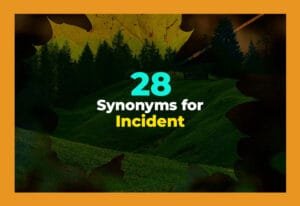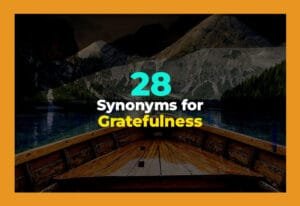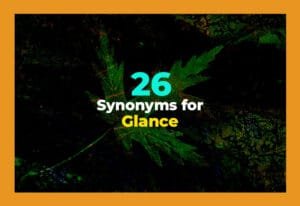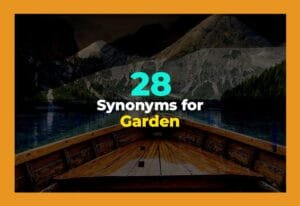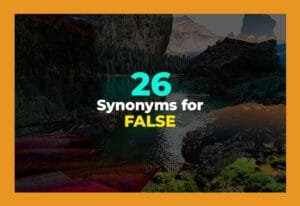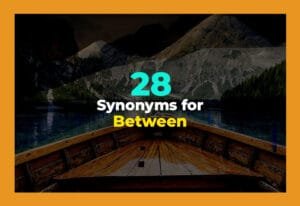You probably use the phrase “as you can see” more often than you think, right? It’s totally fine, but let’s be honest—it can get a little boring. If you’re writing or speaking and want to sound a bit more fun or natural, it helps to switch things up. So today, I’m giving you 17 other ways to say “as you can see” that are just as clear but way more interesting. Ready? Let’s go!
1. Clearly
“Clearly” is a simple and strong word you can use instead of “as you can see”. It shows that something is very easy to understand or notice. It’s perfect when the thing you’re talking about is obvious and needs no extra proof. For example, you could say, “Clearly, the results show improvement.” It sounds sharp and confident. You don't need extra words around it. Just use it when something speaks for itself, and you want people to notice it right away.
2. As shown
“As shown” is great when you’re talking about a picture, graph, or something you already shared. It points people to what they've already seen. You're not explaining again, just reminding. Like, “As shown in the chart, sales increased last month.” It's neat and works well in both casual and serious writing. This phrase keeps things short and easy. If you’re writing something with visuals, this is a great phrase to use. It helps people follow along without repeating yourself too much.
Also Read: 19 Other Ways to Say “Such As”
3. Obviously
“Obviously” is a word people use when something is so clear, it doesn't need much explanation. It’s like saying, “Come on, this is super easy to understand!” For example, “Obviously, we made the right choice.” It works best when you’re confident that your reader or listener agrees with what you’re saying. But be careful! If used wrong, it might sound a little rude. Use it when things are super clear and you want to move on quickly.
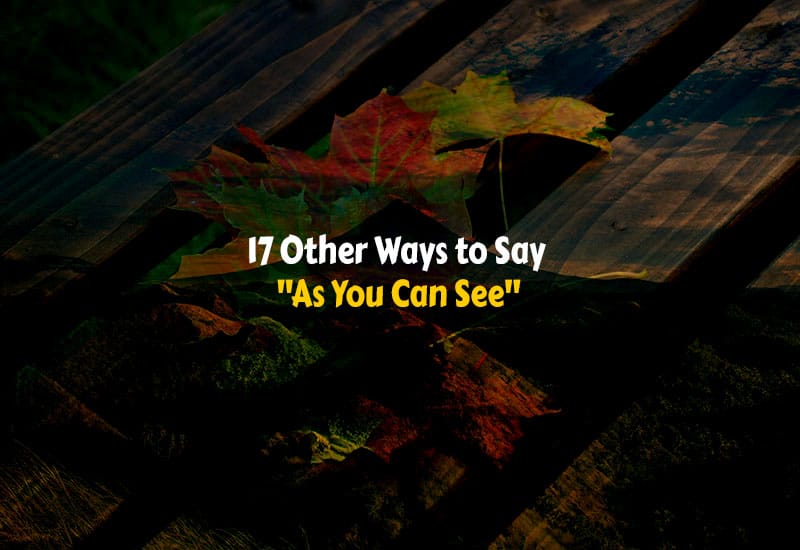
4. As demonstrated
This phrase is a solid choice, especially if you’re talking about something you've already explained, shown, or proven. “As demonstrated” means you’re referring back to proof or an example. It works great in writing and presentations. Try saying, “As demonstrated earlier, this method saves time.” It sounds smart but still easy to understand. It’s like saying, “I already showed you, so here’s the proof again.” It's especially helpful when teaching something or showing results from a test or trial.
See Also: 21 Other Ways to Say “Talks About”
5. It’s clear that
This one's friendly and natural. Saying “It's clear that” makes your point sound obvious without sounding bossy. For example, “It’s clear that she worked very hard on this.” It adds emotion and makes your message feel personal. You can use it when pointing something out to a friend or when writing something casual. It's a good way to sound sure of yourself without sounding too strong. Try it next time you want to gently show that something is easy to notice.
See Also: 21 Other Ways to Say "Happy Anniversary"
6. Evidently
“Evidently” is a fancy word, but don't worry—it's easy to use. It means that something is clearly true because of the facts or what you've seen. It works well when you want to sound a bit more thoughtful or serious. For example, “Evidently, the plan is working better than expected.” It gives your sentence a smart tone. Use it when you want to show that something makes sense based on the proof in front of you, like numbers or results.
See Also: 18 Other Ways to Say “The End”
7. It is apparent
This phrase is a little more formal but still easy to understand. “It is apparent” means that something can be noticed or seen without trying too hard. For example, “It is apparent that they care about their work.” It's a gentle way of saying, “Look, this is really easy to see.” It works well in writing, especially when you want to sound clear but also polite. Try using it when pointing out something that stands out or is easy to notice.
8. As observed
This is another good one when talking about something people can see, notice, or experience. “As observed” sounds smart and simple at the same time. It’s like saying, “Hey, we've already seen this happen.” For example, “As observed during the test, the engine ran smoothly.” It's great in reports, research, or even when telling a story. It points back to something real and shows you're paying attention. It keeps your message strong without sounding like you're trying too hard.
9. You can tell
“You can tell” is friendly, casual, and feels like you're just chatting. It's perfect when you're talking to someone and want them to notice something. Like, “You can tell he's excited just by his smile.” It's like inviting the listener to see what you see. It's simple and direct. Use it when you’re explaining feelings, reactions, or anything people can notice easily. It makes your writing feel more personal, like you're talking to a friend or telling a story.
10. As displayed
This one's perfect when you're referring to something visual, like a chart, a photo, or even something you just explained. “As displayed” works well in formal or casual settings. For example, “As displayed on the screen, the numbers speak for themselves.” It tells your reader to look back at what was already shown. It keeps your sentence short and clear. Use this one when you've already shared something and want to connect your words back to that thing.
11. From this, we see
“From this, we see” is a nice way to walk your reader through something. It sounds calm and thoughtful. For example, “From this, we see that teamwork makes a big difference.” It feels like you're building up to a point and then showing what it means. Use this phrase when you want to explain a result or make something clear. It helps tie your ideas together, so your reader knows how everything connects without getting lost.
12. As illustrated
“As illustrated” is another great option when you've already given an example or shown a picture. It's formal but not too serious. Like, “As illustrated above, the idea works in real life.” It's a smart way to say, “I already showed you this, now here's the result.” It's perfect in writing, slides, or even teaching. It lets your reader or listener go back to something you've already shared and helps them understand your point better. Clean and clear.
13. It’s plain to see
This one feels relaxed and natural, like something you'd say in real life. “It’s plain to see” means that something is very easy to notice. For example, “It's plain to see that she enjoys her job.” It's a nice way to show confidence without sounding rude or too strong. It's good for friendly writing or casual talks. Use it when something is so obvious, you don't need to explain it a lot. It's simple, warm, and to the point.
14. This shows that
“This shows that” is a very direct way to connect proof with your point. It works great when you're giving an example and then explaining what it means. Like, “This shows that practice really helps.” It's simple, clear, and works in almost any type of writing. You can use it in school papers, blogs, or even emails. It keeps your ideas connected and helps the reader understand why you're sharing a certain detail or example. It's a useful go-to.
15. Looking at this
“Looking at this” is a casual way to point something out. It feels like you're walking someone through something step by step. For example, “Looking at this photo, you can see how happy they were.” It makes your writing feel friendly and natural. It's a good choice if you're writing to someone who's not super formal. It gives your sentence a bit of a personal touch, like you're guiding someone to notice something cool or interesting right in front of them.
See Also: 26 Other Ways to Say "Best Friend"
16. The evidence shows
“The evidence shows” is a strong phrase you can use when you have proof. It sounds clear and confident. For example, “The evidence shows that the new system works better.” It tells people that your point is backed up by real facts. This phrase works well in school, work, or reports. Use it when you want to sound sure about something, and you have proof to back it up. It's simple, but it helps you sound serious and smart.
17. You'll notice
“You'll notice” is super friendly and feels like you're just pointing something out in a nice way. For example, “You'll notice how the colors match perfectly.” It's great for blog posts, conversations, and casual writing. It keeps the reader involved and makes them feel like they're discovering something with you. Use this when you want to guide someone's eyes or attention without sounding like a teacher. It's a soft way to highlight something important, like a detail you don't want them to miss.
I hope this list gave you some fun and easy ways to change up how you say “as you can see”. You don’t need to stick with the same old phrase every time. These other options help you sound more natural, clear, and even a bit more creative. Try mixing them into your writing or talking, and see which ones feel best for you. It’s all about keeping your words fresh and interesting. Thanks for reading, and have fun using these new phrases!

